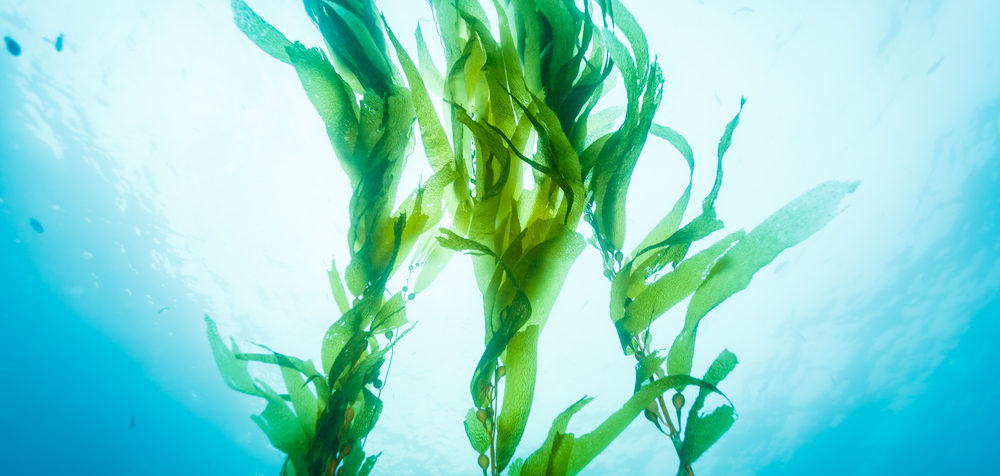
Researchers from the University of Sussex and the University of Brighton in England have developed health sensors incorporating natural elements – such as rock salt, water, and seaweed – combined with graphene. As they are fully biodegradable, these sensors are more environmentally friendly than the usual alternatives made of rubber and plastic.
Seaweed acts as an insulator, but by adding a critical amount of graphene to a seaweed mixture the scientists were able to create an electrically conductive film. When soaked in a salt bath, the film rapidly absorbs water, resulting in a soft, spongy, electrically conductive hydrogel. When tested, the seaweed-based sensors were found to outperform existing synthetic based hydrogels and nanomaterials, in terms of sensitivity. This increased sensitivity leads to an improvement in accuracy, as the more sensitive a sensor, the more accurately it will record a person’s vital signs.
The inspiration for the use of seaweed in a health sensor came from an unlikely source: “I was first inspired to use seaweed in the lab after watching MasterChef during lockdown. Seaweed, when used to thicken deserts, gives them a soft and bouncy structure – favored by vegans and vegetarians as an alternative to gelatin. It got me thinking: “what if we could do that with sensing technology?” said lead scientist Dr. Conor Boland, a physicist at the University of Sussex. “For me, one of the most exciting aspects to this development is that we have a sensor that is both fully biodegradable and highly effective. The mass production of unsustainable rubber and plastic based health technology could, ironically, pose a risk to human health through micro plastics leaching into water sources as they degrade. As a new parent, I see it as my responsibility to ensure my research enables the realization of a cleaner world for all our children.”
As these sustainable sensors are lightweight, easy to apply, and safe, they have the potential to greatly impact health monitoring technology, as their future applications could resemble a second skin or a temporary tattoo.
Dr. Sue Baxter, Director of Innovation and Business Partnerships at the University of Sussex, stated: “At the University of Sussex, we are committed to protecting the future of the planet through sustainability research, expertise and innovation. What’s so exciting about this development from Dr Conor Boland and his team is that it manages to be all at once truly sustainable, affordable, and highly effective – out-performing synthetic alternatives. What’s also remarkable for this stage of research – and I think this speaks to the meticulous ground-work that Dr Boland and his team put in when they created their blueprint – is that it’s more than a proof of principle development. Our Sussex scientists have created a device that has real potential for industry development into a product from which you or I could benefit in the relatively near future.”
